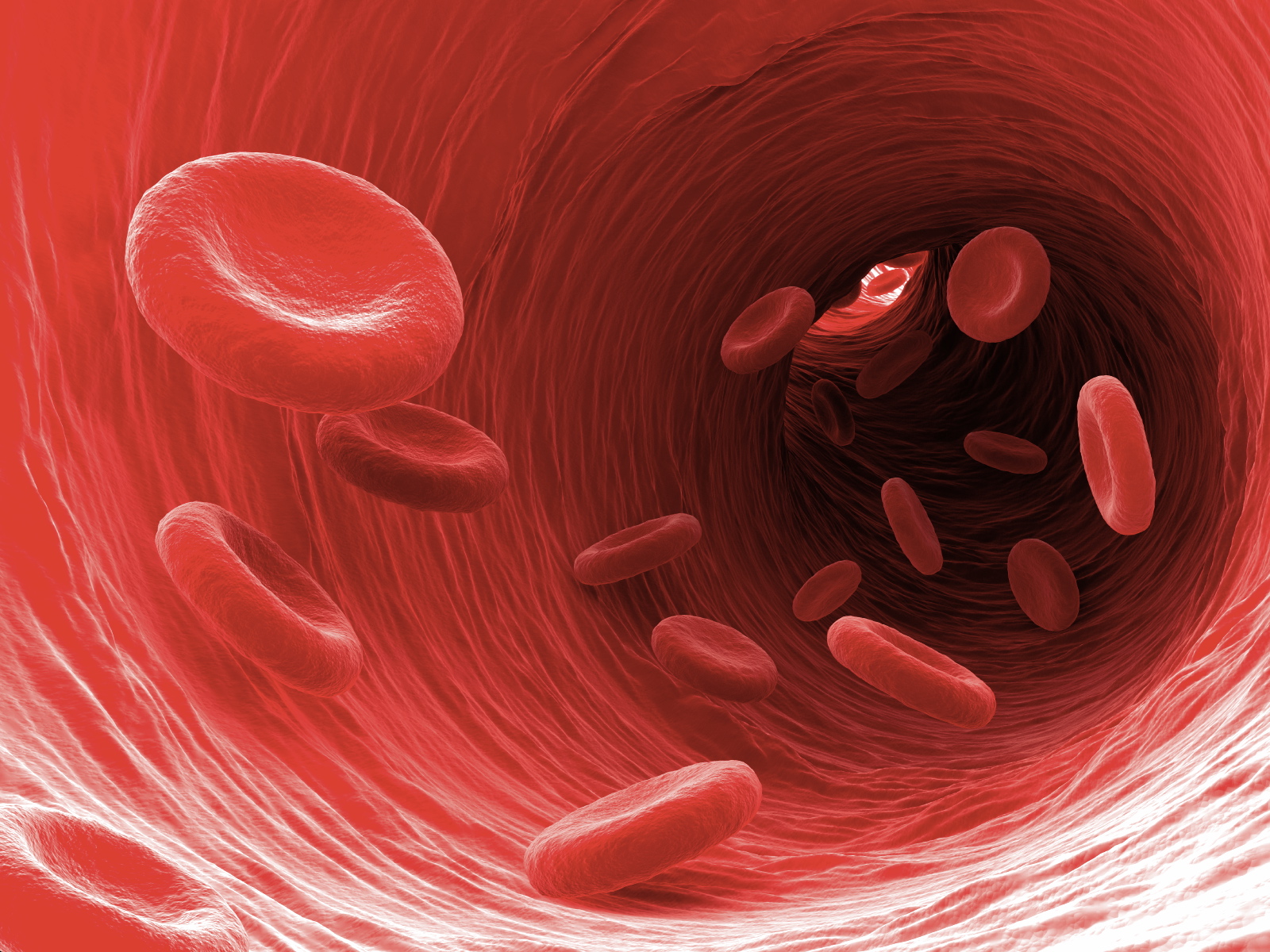
Lasers are one of the tools physicians can lean on to tackle plaque buildup on arterial walls, but current approaches carry a risk of complications and can be limited in their effectiveness.
The novel ultrasound-assisted laser technique builds off what’s known as laser angioplasty, an existing treatment designed to improve blood flow in patients suffering from plaque buildup that narrows the arteries.
The laser is inserted into the artery with a catheter, and the thermal energy it generates turns water in the artery into a vapor bubble that expands, collapses and breaks up the plaque.
Because this technique calls for high-power lasers, it has the potential to perforate or dissect the artery, something the scientists are looking to avoid by using low-power lasers instead. They were able to do so in pork belly samples and ex vivo samples of artery plaque with the help of ultrasound.
The method uses a low-power nanosecond pulsed laser to generate microbubbles, and applying ultrasound to the artery then causes these microbubbles to expand, collapse and disrupt the plaque.
“Overall, the combination of ultrasound and laser reduces the need for laser power and improves the efficiency of atherosclerotic plaque removal.”
The mix of lasers and ultrasound has shown potential in other areas of medicine, with Singh and his colleagues pursuing similar therapies to tackle abnormal microvessels in the eye that cause blindness and blood clots in the veins.
